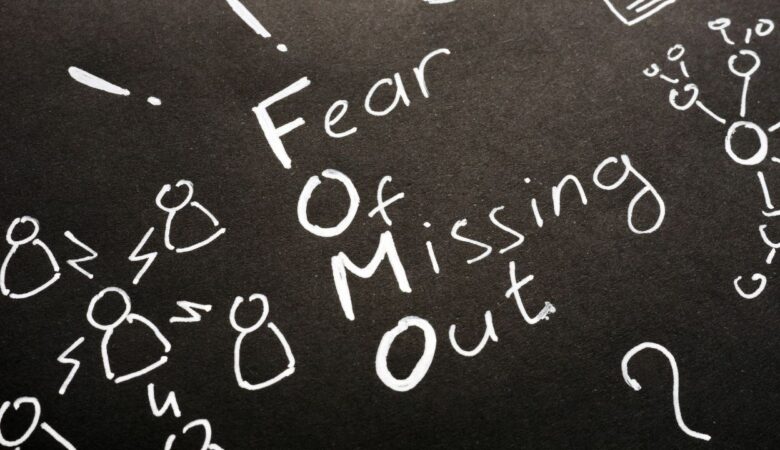Navigating Sleeping Illness: Unveiling Causes
Welcome to the world of sleep, where dreams take flight and our bodies find solace in the stillness of night. But what happens when this blissful slumber becomes elusive? When the restless tossing and turning replaces peaceful rest? Enter the realm of sleeping illness – a mysterious condition that affects countless individuals around the globe. In this blog post, we will delve into the causes behind these sleep disturbances and explore ways to navigate through them. So grab your comfiest pillow, settle in, and let’s unravel the secrets behind sleeping illness together! Understanding Sleeping Illness Sleeping illness, also known as sleep disorders or sleep disturbances, refers to a wide range of conditions that disrupt the normal patterns of sleep. It is important to note that occasional difficulties with sleep are common and often due to temporary factors such as stress or lifestyle changes. However, when these issues persist and start affecting daily life, they may be indicative of a sleeping illness. There are various types of sleeping illnesses, each with its own set of symptoms and causes. Insomnia is perhaps the most well-known type, characterized by difficulty falling asleep or staying asleep throughout the night. Sleep apnea is another prevalent disorder where breathing repeatedly stops and starts during sleep. Restless leg syndrome (RLS) can cause uncomfortable sensations in the legs while lying down or sitting for extended periods. Narcolepsy involves excessive daytime drowsiness and sudden episodes of uncontrollable sleep attacks. These conditions can significantly impact one’s quality of life, leading to fatigue, decreased cognitive function, mood disturbances, and even an increased risk for accidents. Understanding the specific type of sleeping illness one may be experiencing is crucial in finding effective ways to manage it. While there isn’t always a clear-cut cause for every individual suffering from a sleeping illness, several factors have been linked to their development. These include psychological factors like stress, anxiety disorders or depression which can contribute to insomnia or other disturbances in sleep patterns. Unhealthy habits such as consuming caffeine late in the day or engaging in stimulating activities right before bedtime can interfere with natural sleep cycles as well. Additionally, sedentary lifestyles lacking physical activity can negatively affect both quantity and quality of restful slumber. Common Diseases Related to Sleeping Issues When it comes to sleeping issues, there are several common diseases that can wreak havoc on your ability to get a good night’s rest. One such disease is insomnia, characterized by difficulty falling asleep or staying asleep throughout the night. Insomnia can be caused by a variety of factors, including stress, anxiety, and certain medications. Another common sleep disorder is sleep apnea, which occurs when the airway becomes blocked during sleep, causing pauses in breathing that disrupt normal sleep patterns. This condition can lead to excessive daytime fatigue and even more serious health problems if left untreated. Restless leg syndrome (RLS) is yet another disorder that often affects sleep quality. People with RLS experience uncomfortable sensations in their legs that are relieved only by moving them. This constant need for movement can make it difficult to fall asleep and stay asleep throughout the night. Additionally, narcolepsy is a neurological disorder that causes excessive daytime sleepiness and sudden bouts of uncontrollable sleep attacks. Those affected may suddenly fall asleep at inappropriate times or have episodes of muscle weakness triggered by strong emotions. These are just a few examples of the many diseases that can impact your ability to achieve restful and rejuvenating sleep each night. It’s important to consult with a healthcare professional if you suspect you may be suffering from any of these conditions or experiencing ongoing difficulties with your sleep patterns. Psychological Factors that Affect Sleep Our mental state plays a significant role in determining the quality of our sleep. When we experience stress, anxiety, or other psychological issues, it can be challenging to relax and fall into a deep slumber. One common psychological factor that affects sleep is stress. Whether it’s work-related pressure, relationship problems, or financial worries, high levels of stress can make it difficult to calm our minds and drift off to sleep peacefully. The racing thoughts and constant worry keep us awake at night. Another factor is anxiety disorders such as generalized anxiety disorder (GAD), panic disorder, or post-traumatic stress disorder (PTSD). These conditions often bring about intrusive thoughts and heightened arousal that interfere with falling asleep and staying asleep throughout the night. Depression also has a profound impact on sleep patterns. Individuals with depression may struggle with insomnia – difficulty falling asleep or waking up too early in the morning – or hypersomnia – excessive daytime sleepiness. Furthermore, certain lifestyle factors like irregular sleeping schedules or excessive use of electronic devices before bed can exacerbate these psychological factors and disrupt our natural circadian rhythm. It’s important to address these underlying psychological issues by seeking therapy or counseling if necessary. Developing healthy coping mechanisms such as relaxation techniques before bedtime, practicing good sleep hygiene habits like creating a dark and quiet environment for sleep can also greatly improve our ability to achieve restful slumber. By addressing these psychological factors head-on and making positive changes in our daily routines, we increase the likelihood of getting better quality sleep each night! Unhealthy Habits and Lifestyle Choices that Impact Sleep Our daily routines and lifestyle choices play a significant role in the quality of our sleep. Unfortunately, many of us unknowingly engage in habits that disrupt our sleep patterns. Let’s take a closer look at some of these unhealthy habits and lifestyle choices. One common culprit is excessive caffeine consumption. While a cup of coffee may give you an energy boost during the day, consuming it too close to bedtime can interfere with falling asleep. Similarly, indulging in sugary snacks or heavy meals late at night can lead to digestive discomfort, making it difficult for your body to relax into sleep. Another detrimental habit is spending excessive time on electronic devices before bed. The blue light emitted by smartphones, tablets, and










